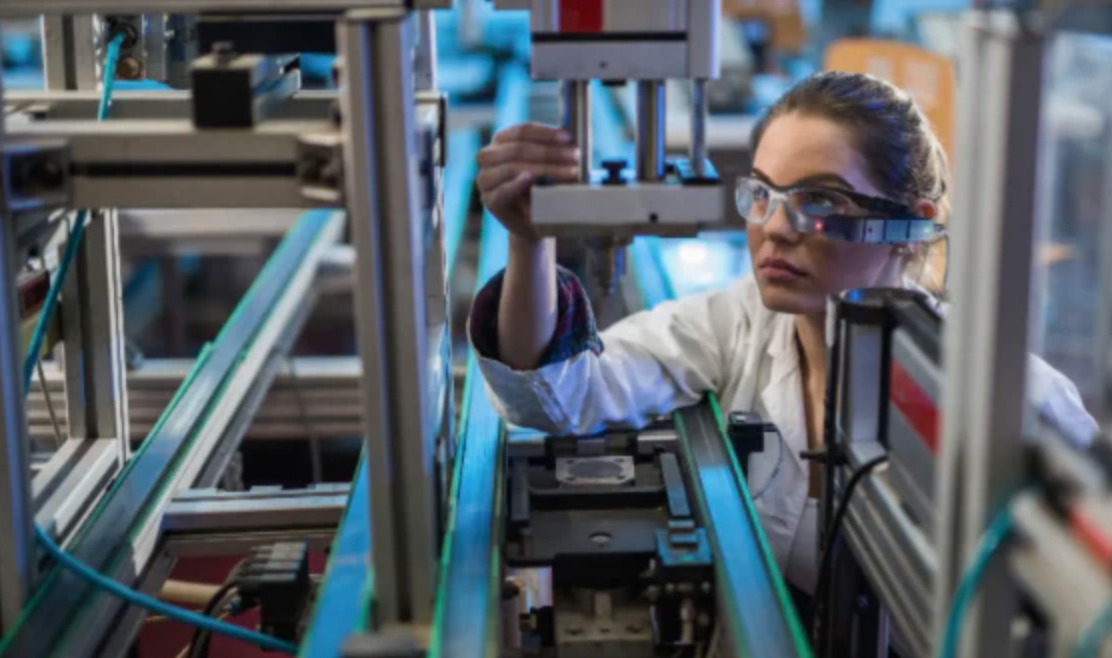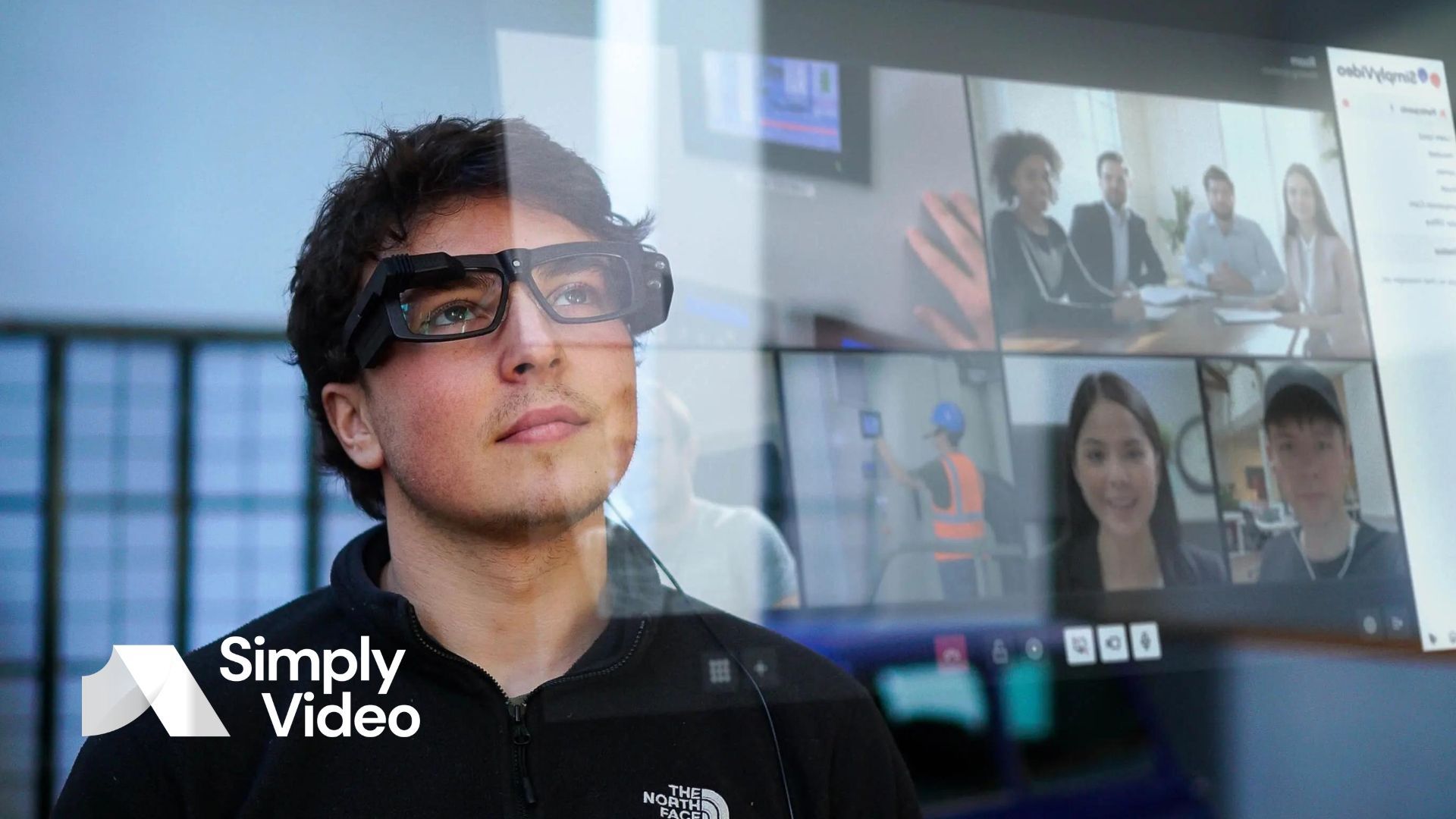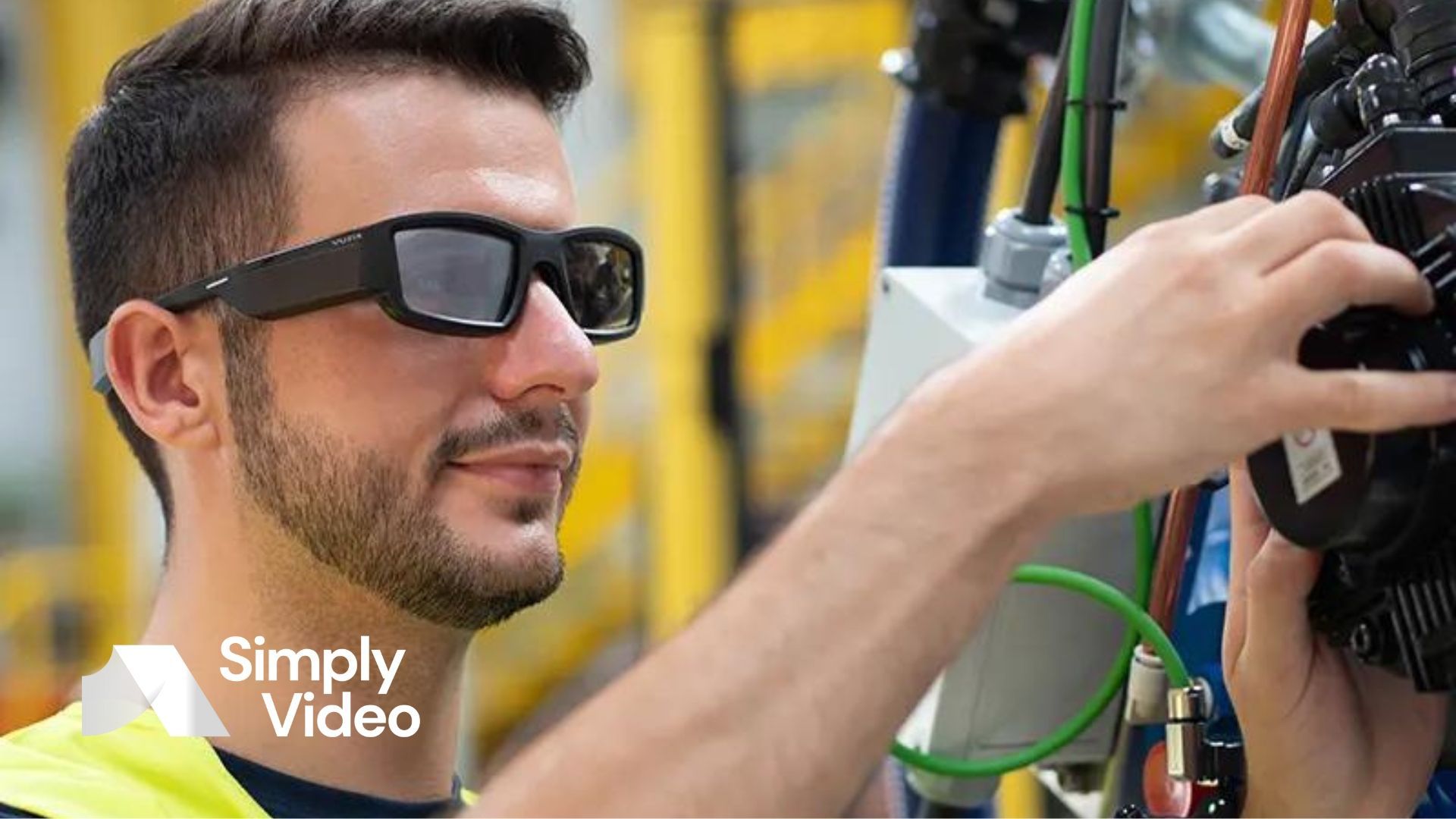This is a subtitle for your new post
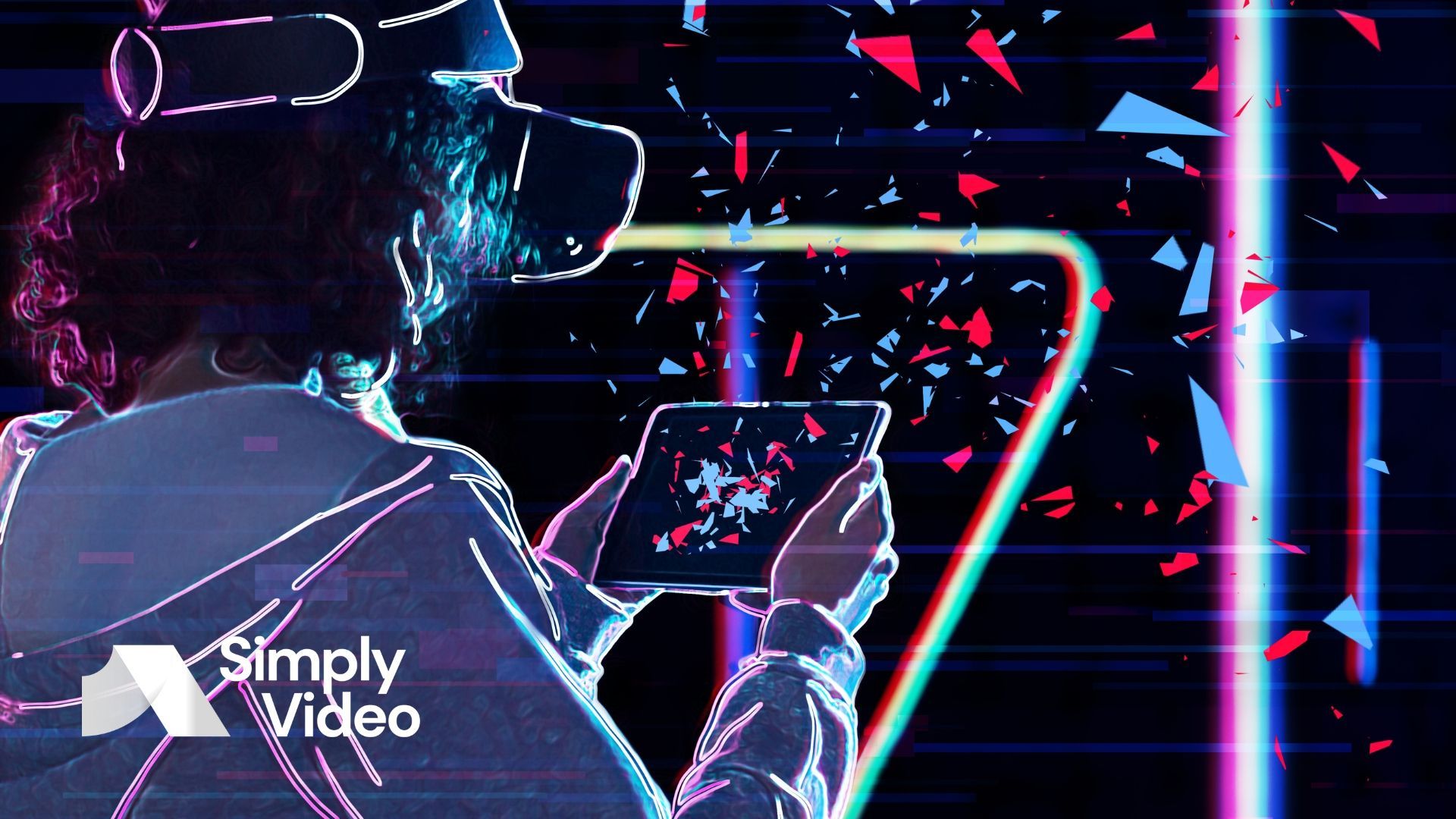
The world of extended reality (XR) has been buzzing with some big announcements so far this year.
Recent months have seen a huge uptake of XR tech by a multitude of industries – driving sales and boosting an already expanding ecosystem. With plenty of new devices and projects promised already, 2023 looks to be an exciting year for the XR world.
Welcome back to our monthly roundup of XR news. In this instalment, you'll find some of the biggest news causing waves this March.
Apple's first XR device in final stages
A new report from the
Financial Times claims that Apple's long-awaited mixed reality headset is set to be unveiled at its upcoming Worldwide Developers Conference this June.
The device, which has been seven years in the making, has supposedly already been revealed to the top 100 – a select group of Apple's most respected executives – to undergo a rigorous inspection ahead of its impending release.
According to rumours, Apple's CEO Tim Cook has overruled resistance from Apple's design team over the imminent release of the device. Sources point to in-house debate over whether they should delay the rollout of the headset, with the design team apparently of the opinion that it should be postponed. They supposedly believe that the current technology available needs to progress in order to facilitate their vision and allow for a much more compact device.
The stakes are high for Cook to ensure the success of this new product as Apple's contribution to the world of XR. It seems we won't have to wait much longer to find out just what the tech giant has been busy working on for all this time.
Recent study on haptic holography brings us one step closer to a fully immersive XR experience
Last month
we told you about Tasbi, the wrist-worn device developed by Meta that uses pseudo-haptics. A recent study by the University of California, Santa Barbara, has discovered a surprising obstacle in the development of a different kind of haptic technology – haptic holography. If this obstacle is overcome, researchers believe we could unlock a much more immersive virtual reality experience.
Unlike Tasbi, haptic holography doesn't rely on a user-worn device or interface. Instead, it uses an arrangement of ultrasound transducers to emit precise ultrasound waves into the air. The idea is that these waves would allow the user to experience and manipulate a virtual object in mid-air.
However, this new research has discovered that once hitting the skin they are creating shock wave-like vibrations that end in a kind of trailing wake pattern. This, in turn, becomes so diffuse that the resulting sensation is faint and imprecise.
The study was led by Yon Visell, a doctoral student researcher. He said:
"By understanding the underlying physics of ultrasound-generated shear shock waves in the skin, we hope to improve the design of haptic holographic displays and make them more realistic and immersive for users.
"Such haptic displays could enable us to augment our physical surroundings with a limitless variety of virtual objects, interactive animated characters or graspable tools that can be not only seen but also touched and felt with the hands."
Qualcomm partners with seven leading global operators to expand XR ecosystem
Qualcomm has been receiving a lot of attention as of late after the announcement came from Samsung, last month, that the pair are collaborating on an upcoming XR device.
And Qualcomm's name is on everybody's lips once more. The semiconductor provider has recently revealed an extensive list of global operators working with it on multiple new XR devices, experiences and projects.
Companies named include:
- CMCC
- Deutsche Telekom
- KDDI Corporation
- NTT QONOQ
- T-Mobile
- Telefonica
- Vodafone
According to Qualcomm, these companies are making big investments in XR – and are harnessing the power of its new Snapdragon Spaces development platform to make it all possible.
Built specifically for AR, Snapdragon Spaces enables these companies to use "cross-device and open ecosystem" technologies to create stand-out XR designs.
Broadening the current hardware offerings, in turn, means supporting the rapidly growing XR ecosystem. In light of the recent big announcements from some main players in the tech world, this can only be beneficial to every business involved.
New HTC full-body tracker showcases latest inside-out tracking technology
HTC has just announced the launch of its new Vive Tracker accessory – set to be released later this year.
The company is already a lead enabler of body-tracking in VR, boasting three older versions of the SteamVR Tracker already. However, this new release promises something different.
The (still-unnamed) device will be the first of its kind to use "inside-out tracking". Small onboard cameras will work to track its position without the need for any external beacons or cameras during use.
HTC claims that five of the trackers can be used simultaneously, meaning that – in theory – this would enable full-body tracking with fewer constraints than previous models. Not only that, but this new device can also be used to digitally bring props into VR, as well as boasting a fully self-contained mode to use for real-world object tracking.
The company also says that it's committed to rolling out OpenXR compatibility throughout these new accessories, which would mean that any headset on the market would be able to support them.
Stay tuned
Make sure to watch this space for next month's most prominent news stories from the world of XR.
SimplyVideo is a
video collaboration platform designed for XR devices, desktops and portables. It unlocks the full potential of wearables by enabling features like low-bandwidth streaming, in-call annotation and phonebook functionality. Want to see it in action?
Sign up for your 30-day free trial.
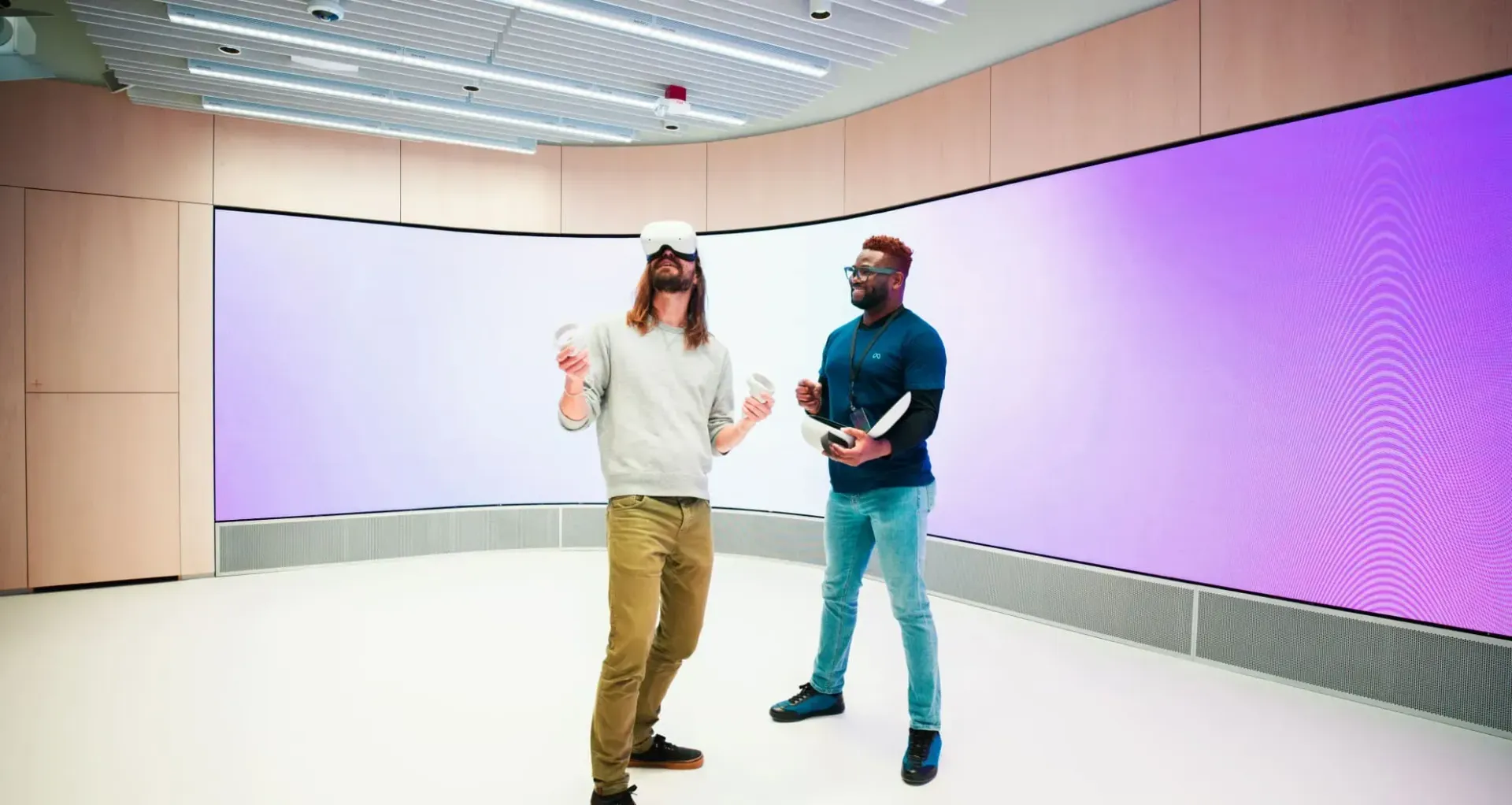

Unit 8,
Gemini Business Park,
Sheepscar Way,
Leeds,
LS7 3JB

Unit 8,
Gemini Business Park,
Sheepscar Way,
Leeds,
LS7 3JB
All Rights Reserved | Simply Video

Unit 8,
Gemini Business Park,
Sheepscar Way,
Leeds,
LS7 3JB



